Maria Winkelmann Kirch
Maria Winkelmann Kirch was a German astronomer who lived between 1670-1720. She
discovered the comet of 1702. She also published a paper in 1712 on the
conjunction of Jupiter and Saturn.
Maria worked with her husband, Gottfried Kirch in making calendars and
ephemerides (tables showing positions of the planets, Sun, and Moon).
You might also be interested in:
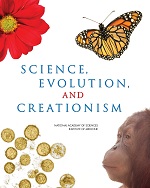
How did life evolve on Earth? The answer to this question can help us understand our past and prepare for our future. Although evolution provides credible and reliable answers, polls show that many people turn away from science, seeking other explanations with which they are more comfortable.
...more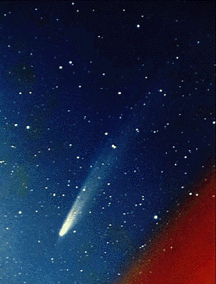
Not long ago, many people thought that comets were a sign that something bad was about to happen to them. People didn't understand how objects in the sky moved, so the sight of a comet must have been
...more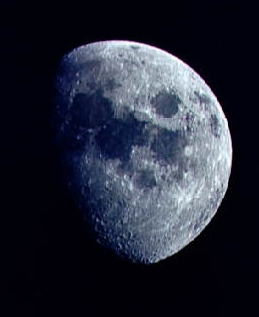
The Earth's one natural satellite, the Moon, is more than one quarter the size of Earth itself (3,474 km diameter). Because of its smaller size, the Moon's gravity is one-sixth of the Earth's gravity,
...more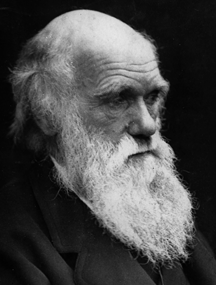
Charles Darwin was an English Naturalist who lived between 1809-1882. He laid the foundations for the modern science of biology, and changed how other scientists understood the appearance of life on Earth.
...more
Christian Doppler was an Austrian mathematician who lived between 1803-1853. He is known for the principle he first proposed in Concerning the coloured light of double stars in 1842. This principle is
...more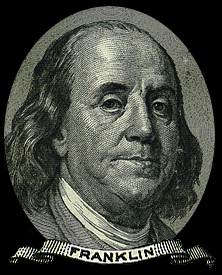
Ben Franklin was an American scientist and statesman who lived between 1706-1790. At a time when little was known about electricity, he carried out many experiments to learn of its dangers and possible
...more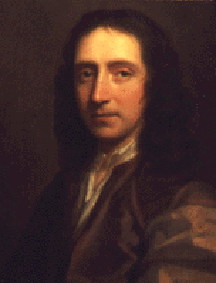
Edmond Halley was an English astronomer who lived between 1656-1742. Using historical records, his own observations, and Newton's universal law of gravitation, he reasoned that the comets which had appeared
...more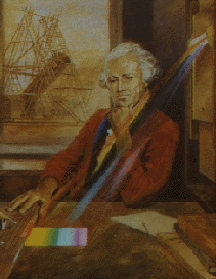
William Herschel was born in Germany and lived in England as he worked as an astronomer. He lived between 1738-1822. He built high magnification telescopes that let him observe the heavens with greater
...more














